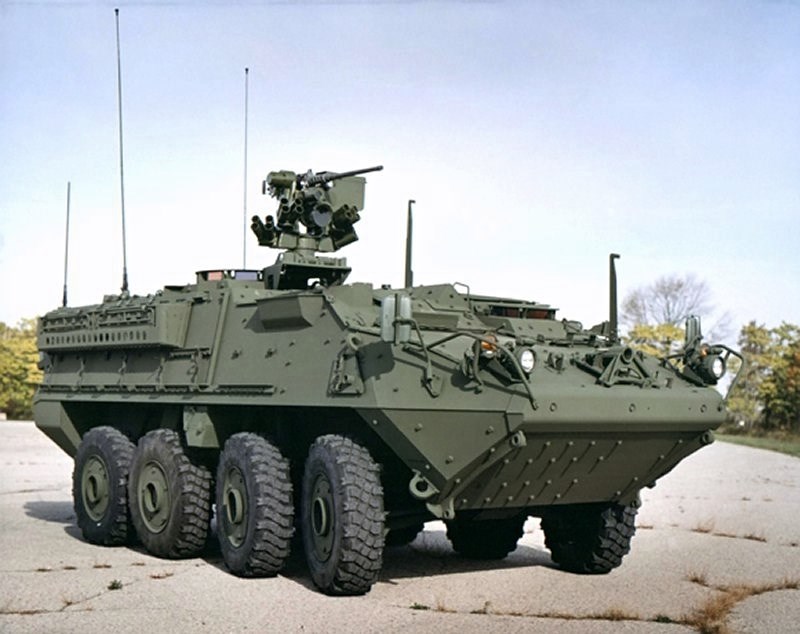
In a significant step toward modernizing its air defense capabilities, the U.S. Army has dispatched four Stryker vehicle-mounted 50-kilowatt laser prototypes to the Middle East for rigorous testing against aerial threats.

However, this pioneering move into directed energy weaponry has encountered some friction as soldiers on the ground report challenges with the systems’ integration into the tactical environment.
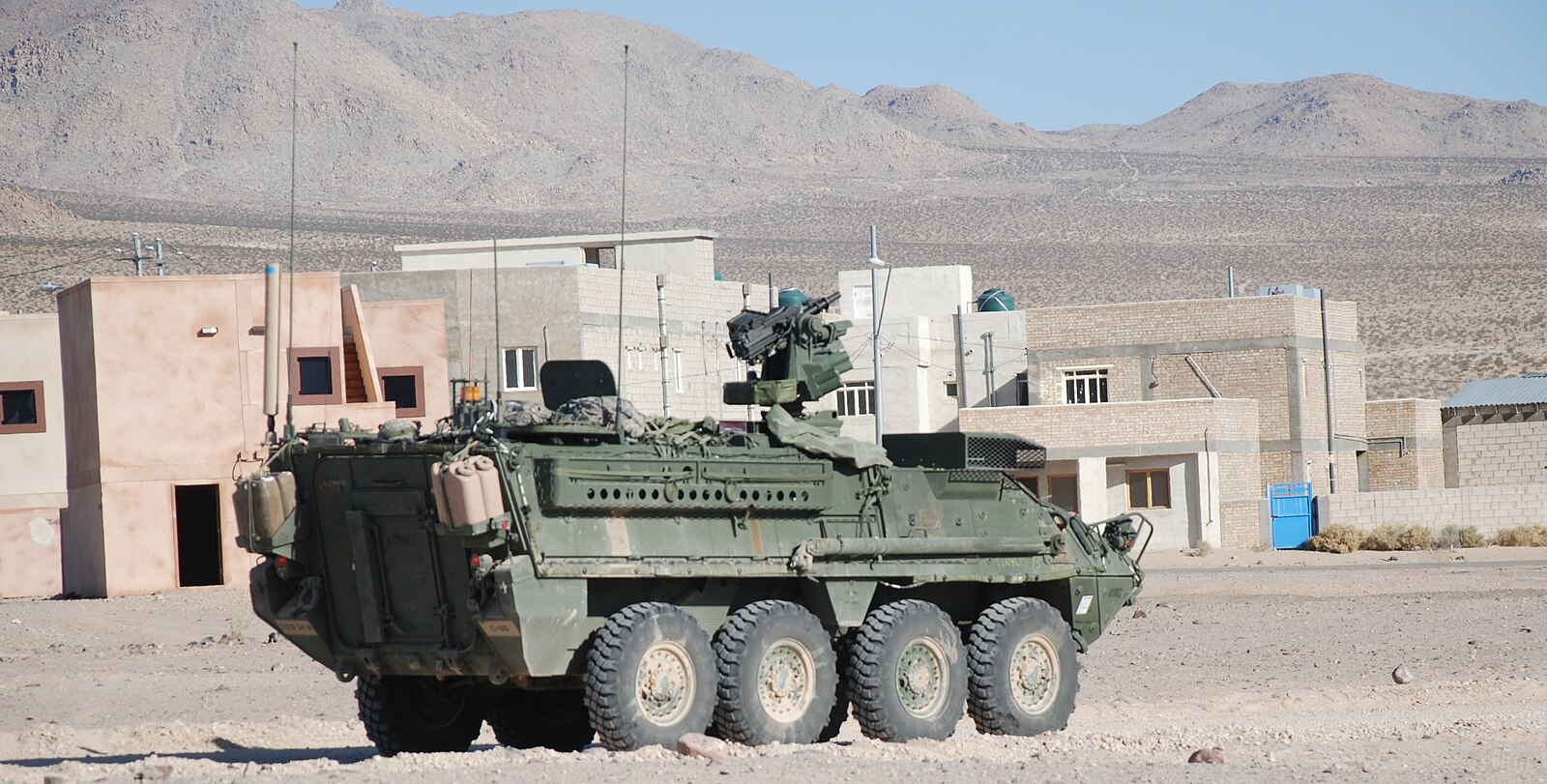
Bush, speaking to the Senate Appropriations airland subcommittee, highlighted the challenges associated with directed energy at varying power levels. He emphasized the difficulties in integrating a 50-kilowatt power level into a mobile vehicle like the Stryker, particularly concerning heat dissipation, electronics management, and the vehicle’s wear and tear in a dynamic tactical environment.
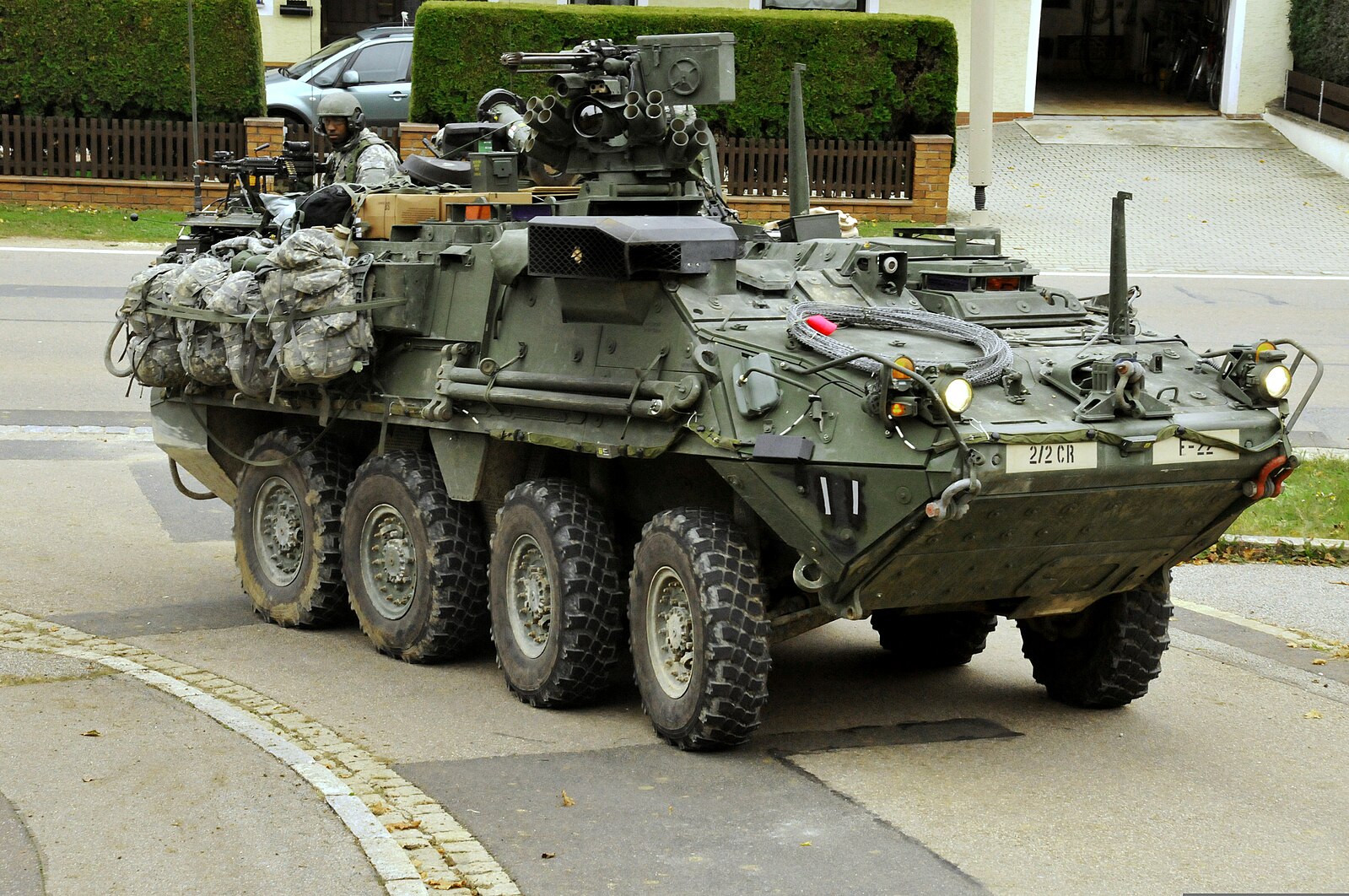
These prototypes, collectively known as the Directed Energy Maneuver Short-Range Air Defense (DE M-SHORAD) system, were developed by Kord Technologies to deploy a 50-kilowatt class RTX laser on a Stryker platform.
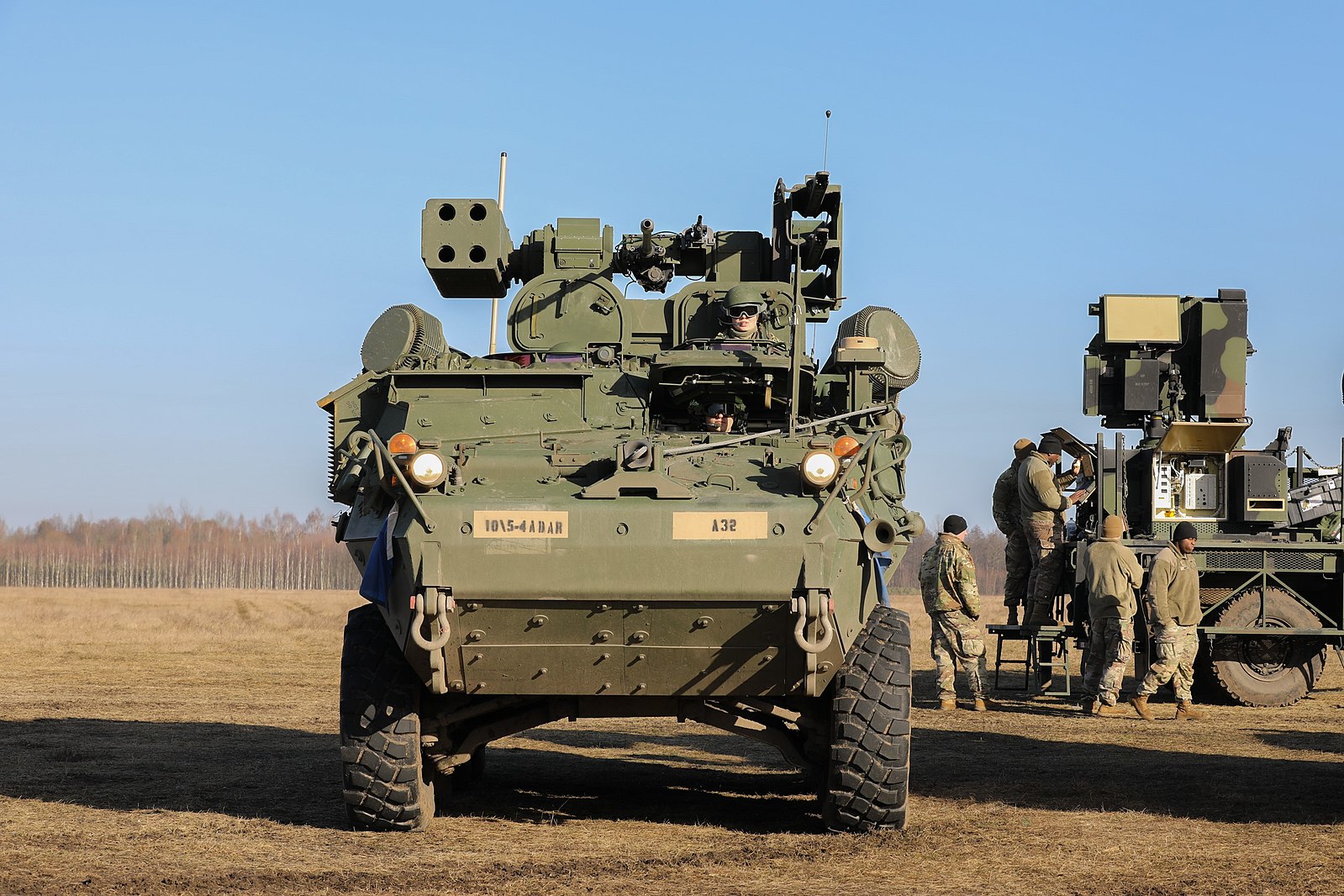
The objective was to neutralize class one to three aerial drones as well as incoming rockets, artillery, and mortars. All four prototypes were deployed to the US Central Command (CENTCOM) region in February.
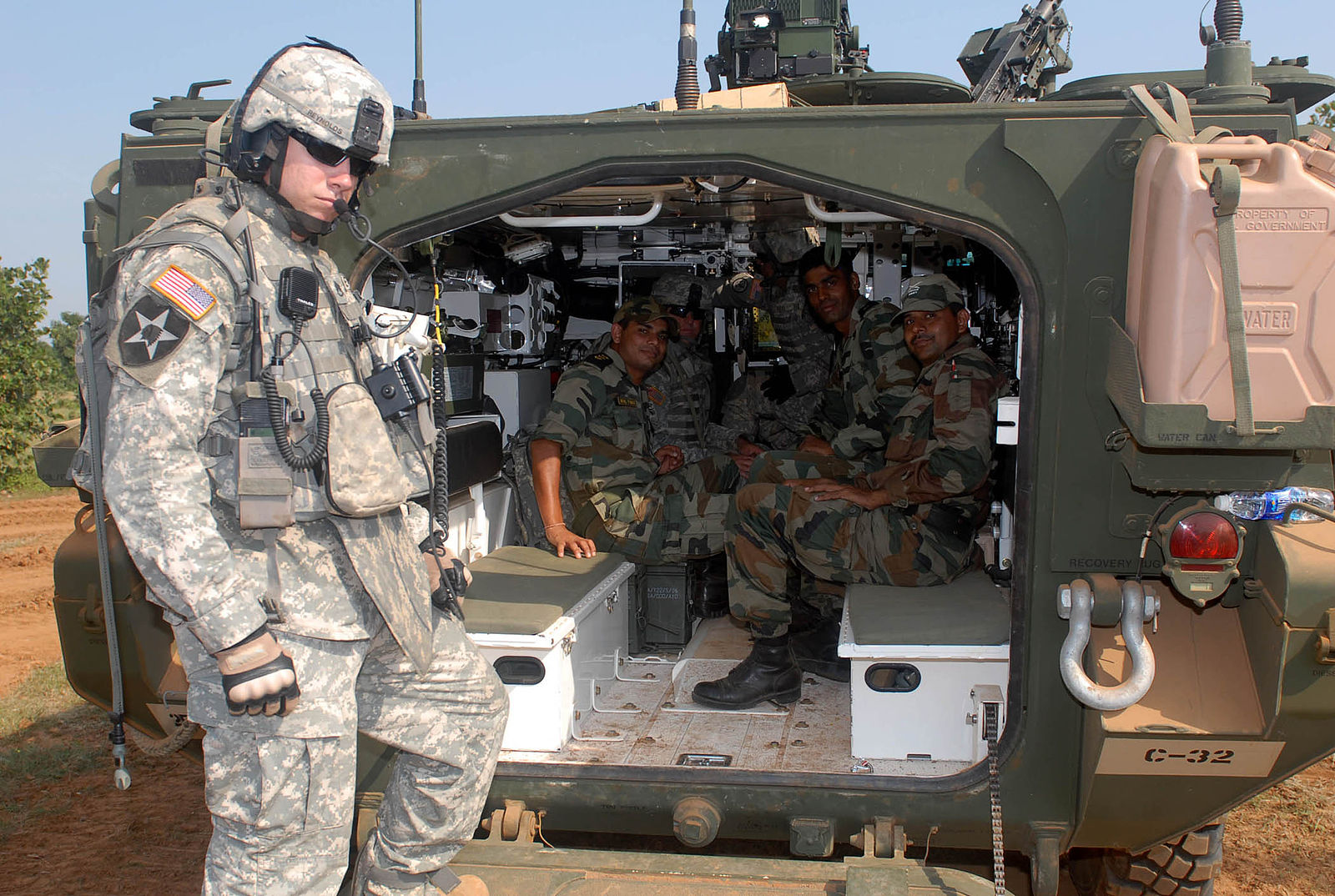
Army Vice Chief of Staff Gen. James Mingus had earlier articulated the aim of testing these systems in real-world conditions, including adverse weather and environmental factors that could affect laser performance.

However, the feedback from soldiers thus far indicates significant disparities between laboratory and test range results and actual tactical deployment. Bush emphasized that soldiers’ candid assessments are crucial, regardless of any potential impact on sensitivities.

While the feedback on the Stryker-based prototypes is less than stellar, other high-energy laser systems have shown more promise. In late April, it was reported that the Army had deployed a 20-kilowatt Palletized High Energy Laser (P-HEL) overseas, which has demonstrated success in certain fixed-site configurations.

Although Bush did not specify the deployment location or name the P-HEL directly, he informed lawmakers that these 20-kilowatt class systems have proven effective in some stationary setups.
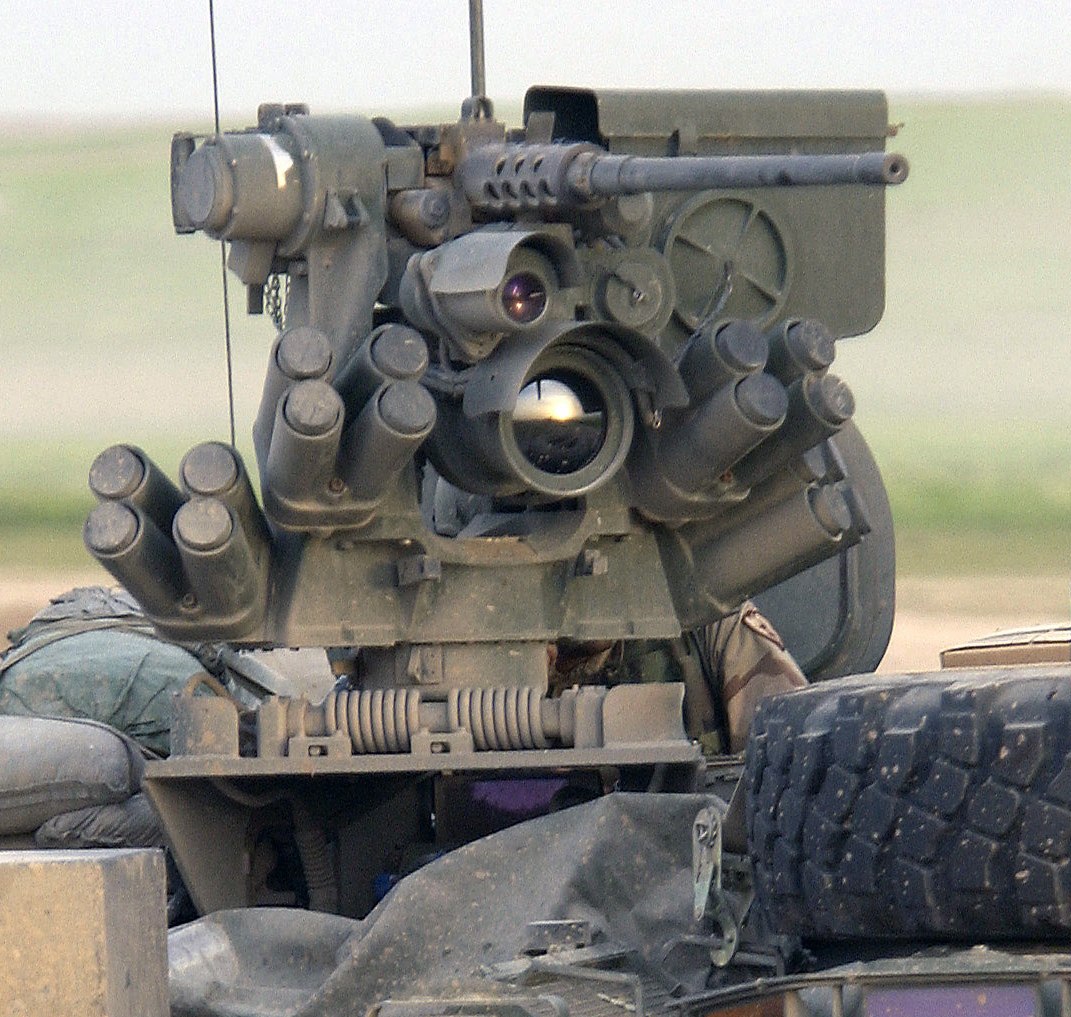
Additionally, the Army has a contract with Lockheed Martin for a 300-kilowatt high-energy laser weapon, known as the Indirect Fire Protection Capability-High Energy Laser (IFPC-HEL), although it has not yet undergone soldier testing.
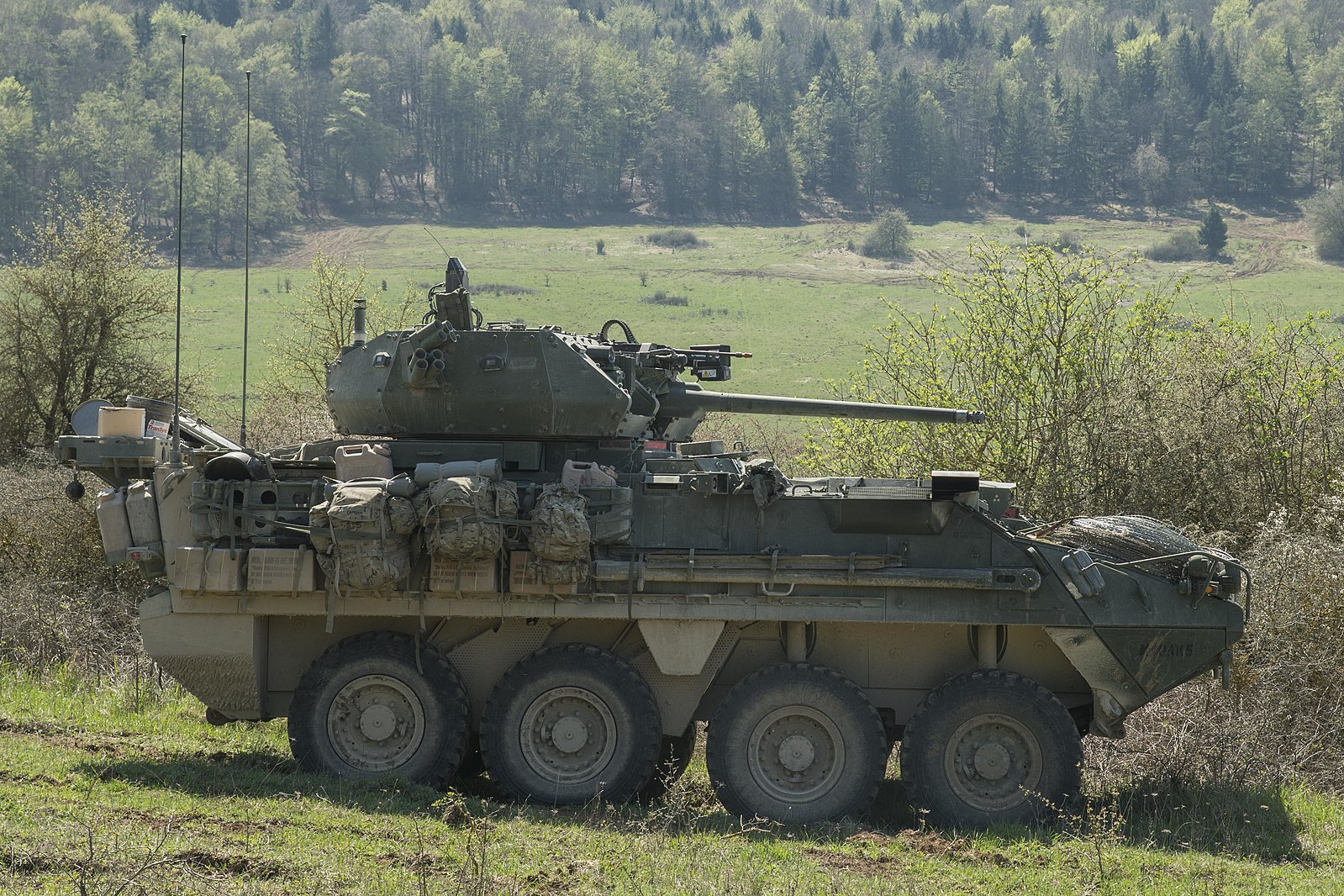
The Pentagon has long been invested in the development of directed energy weapons, but the urgency to test and deploy them has intensified, particularly with the escalating costs associated with countering inexpensive drones.

However, this push comes at a time when the Army is facing budgetary constraints, resulting in cuts across various development programs, including those related to directed energy.

Even prior to receiving feedback on the DE-MSHORAD prototypes, the Army had already planned reductions in funding for the 50-kilowatt laser project.
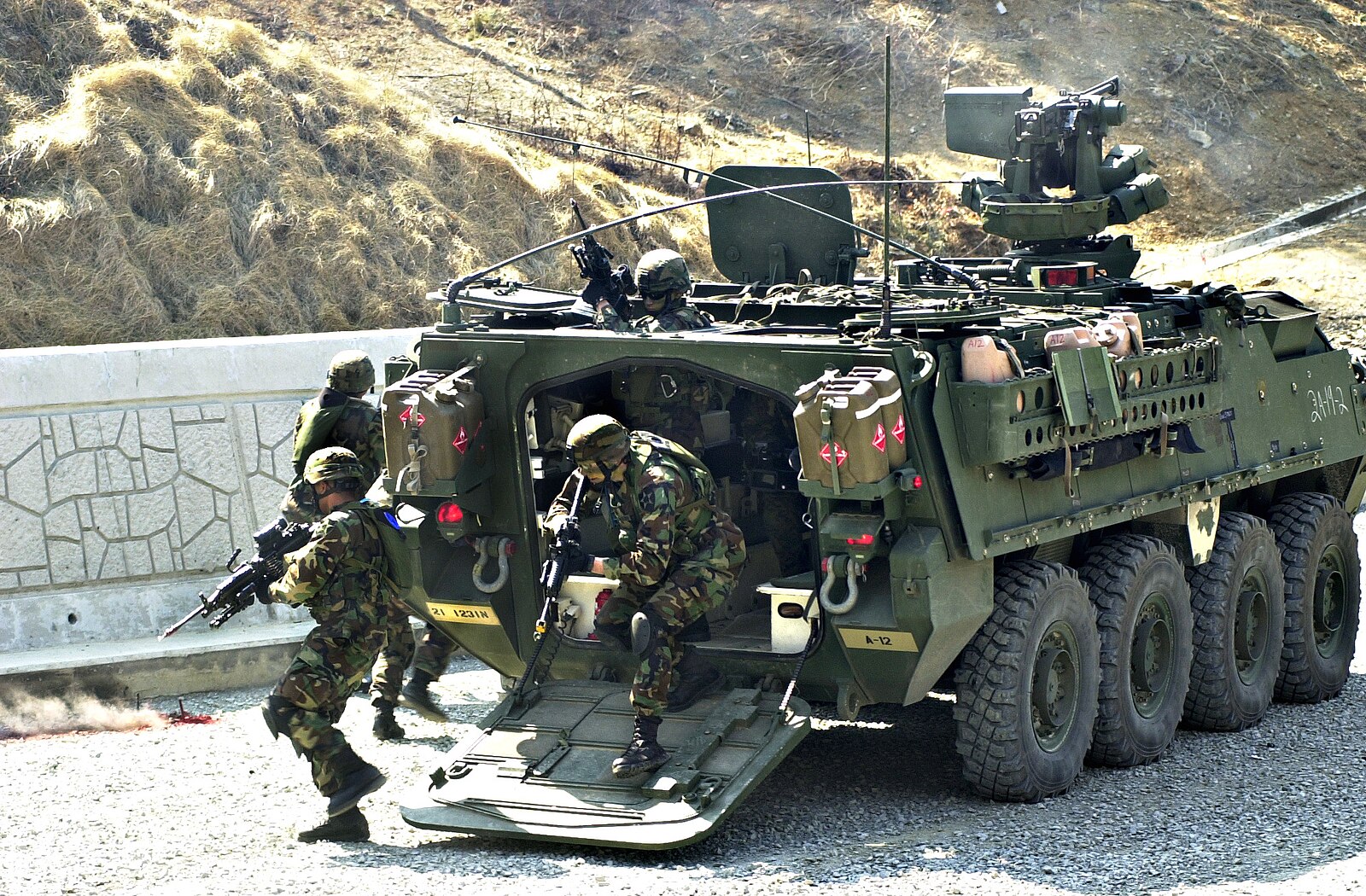
Initially budgeting $110 million for DE M-SHORAD development in fiscal year 2024 and proposing nearly $126 million for the following year, the Army later revised its budget request, seeking $38 million less for FY25, totaling $88 million.

These reductions are not isolated to a single year; Army leaders now anticipate spending $445 million on program development between FY26 and FY28, marking a decrease of approximately $186 million compared to previous projections for the same three-year period.
Relevant articles:
– Army soldiers not impressed with Strykers outfitted with 50, Breaking Defense
– US gathers more participants for Eager Lion exercise, reminding Iran of its influence, analysts say, Breaking Defense
– US Army Deploys Stryker-Mounted Laser Weapons to Middle East, thedefensepost.com
– A Moment of Truth for the Army’s Chief Laser Weapon, Military.com

